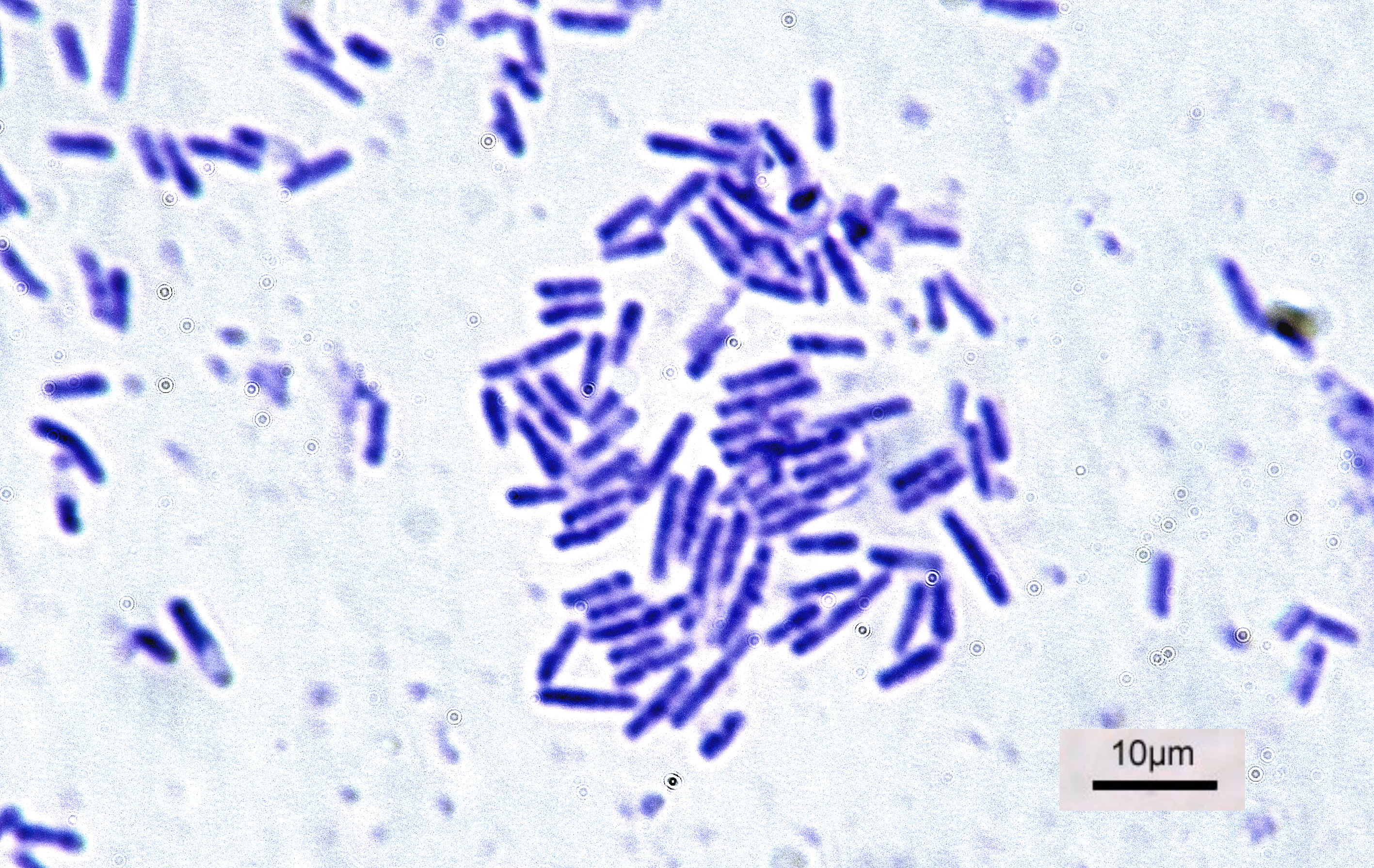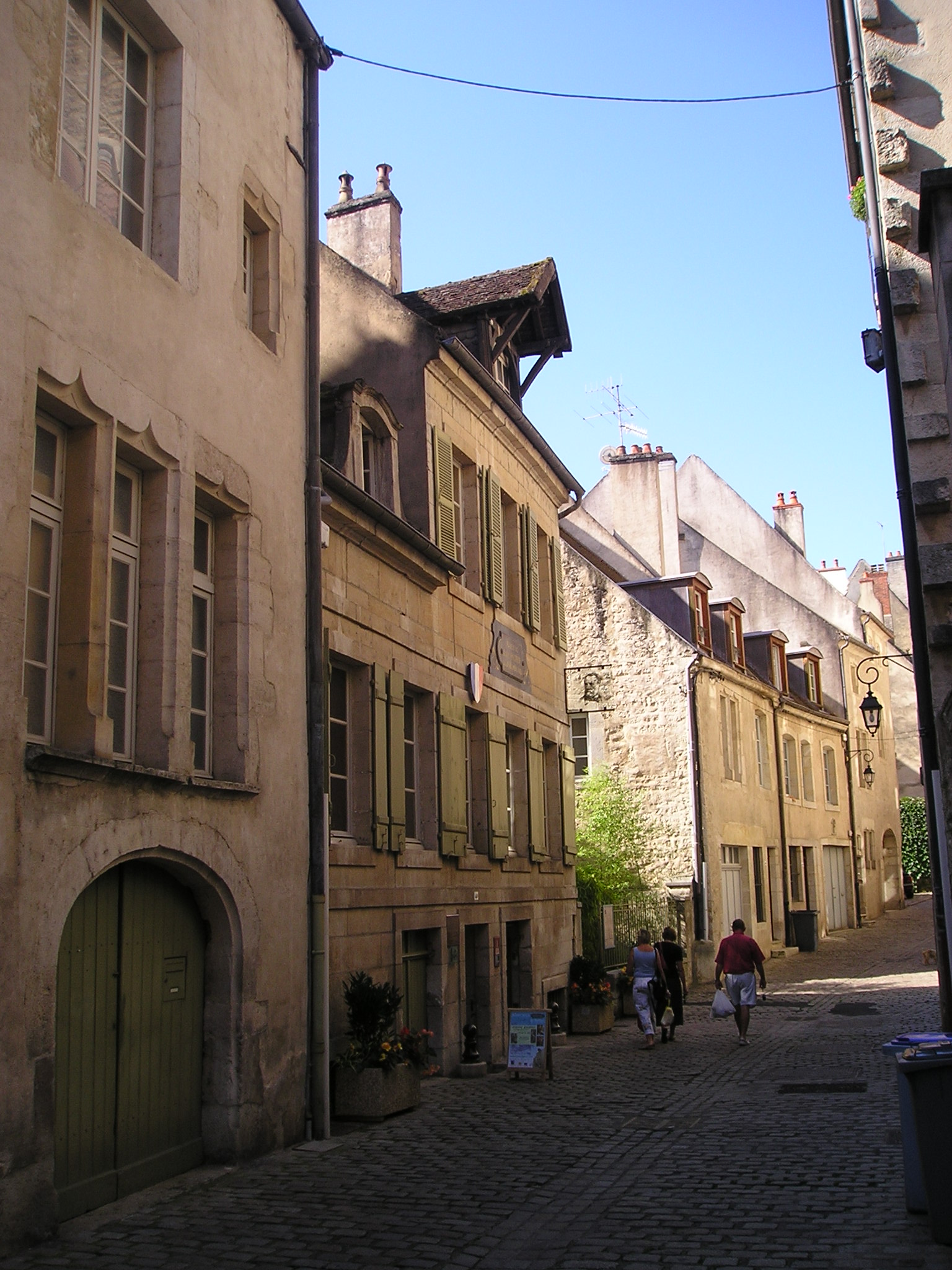|
Swan Neck Flask
A swan neck flask, also known as a gooseneck flask, is a round-bottom flask with a narrow s-shaped tube as its opening to reduce contact between the inner contents and external environment. The motion of air through the tube is slowed and aerosolized bacteria or other particles in the air tend to become trapped by moisture on the tube's inner surfaces. The contents of the flask thus remain free of microbes, a property showcased by French microbiologist Louis Pasteur in nineteenth century experiments used to support germ theory as the cause of fermentation over spontaneous generation from bad air ( miasma). See also * Gooseneck (piping) A gooseneck (or goose neck) is a 180° Piping and plumbing fitting, pipe fitting at the top of a vertical pipe (material), pipe that prevents entry of water. Common implementations of goosenecks are ventilator piping or Duct (HVAC), ducting for ba ... References External links Corning Glass Museum Post on Swan Necked Flasks and Pasteur {{Auth ... [...More Info...] [...Related Items...] OR: [Wikipedia] [Google] [Baidu] [Amazon] |
Louis Pasteur Experiment
Louis may refer to: People * Louis (given name), origin and several individuals with this name * Louis (surname) * Louis (singer), Serbian singer Other uses * Louis (coin), a French coin * HMS ''Louis'', two ships of the Royal Navy See also * Derived terms * King Louis (other) * Saint Louis (other) * Louis Cruise Lines * Louis dressing, for salad * Louis Quinze, design style Associated terms * Lewis (other) * Louie (other) * Luis (other) * Louise (other) * Louisville (other) Associated names * * Chlodwig, the origin of the name Ludwig, which is translated to English as "Louis" * Ladislav and László - names sometimes erroneously associated with "Louis" * Ludovic, Ludwig, Ludwick, Ludwik Ludwik () is a Polish given name. Notable people with the name include: * Ludwik Czyżewski, Polish WWII general * Ludwik Fleck (1896–1961), Polish medical doctor and biologist * Ludwik Gintel (1899–1973), Polish- ... [...More Info...] [...Related Items...] OR: [Wikipedia] [Google] [Baidu] [Amazon] |
Round-bottom Flask
Round-bottom flasks (also called round-bottomed flasks or RB flasks) are types of flasks having spherical bottoms used as laboratory glassware, mostly for chemical or biochemical work. They are typically made of glass for chemical inertness; and in modern days, they are usually made of heat-resistant borosilicate glass. There is at least one tubular section known as the ''neck'' with an opening at the tip. Two- or three-necked flasks are common as well. Round bottom flasks come in many sizes, from 5 mL to 20 L, with the sizes usually inscribed on the glass. In pilot plants even larger flasks are encountered. The ends of the necks are usually conical ground glass joints. These are standardized, and can accept any similarly-sized tapered (male) fittings. 24/40 is common for 250 mL or larger flasks, while smaller sizes such as 14/20 or 19/22 are used for smaller flasks. Because of the round bottom, cork rings are needed to keep the round bottom flasks upright. ... [...More Info...] [...Related Items...] OR: [Wikipedia] [Google] [Baidu] [Amazon] |
Aerosolization
Aerosolization is the process or act of converting some physical substance into the form of particles small and light enough to be carried on the air i.e. into an aerosol. Aerosolization refers to a process of intentionally oxidatively converting and suspending particles or a composition in a moving stream of air for the purpose of delivering the oxidized particles or composition to a particular location. Aerosolization is also an important concept of air pollution whereby particulate matter is formed and evaded into the atmosphere. Gas-phase substances reach the atmosphere by volatilization, whereas solid and liquid-phase particles can reach the atmosphere by aerosolization. This is a mechanism by which semivolatile organic compounds (SVOCs) like halogenated and organphosphate pesticides become air pollutants . The term is often used in medicine to refer specifically to the production of airborne particles (e.g. tiny liquid droplets) containing infectious virus or bacteria. The i ... [...More Info...] [...Related Items...] OR: [Wikipedia] [Google] [Baidu] [Amazon] |
Bacteria
Bacteria (; : bacterium) are ubiquitous, mostly free-living organisms often consisting of one Cell (biology), biological cell. They constitute a large domain (biology), domain of Prokaryote, prokaryotic microorganisms. Typically a few micrometres in length, bacteria were among the first life forms to appear on Earth, and are present in most of its habitats. Bacteria inhabit the air, soil, water, Hot spring, acidic hot springs, radioactive waste, and the deep biosphere of Earth's crust. Bacteria play a vital role in many stages of the nutrient cycle by recycling nutrients and the nitrogen fixation, fixation of nitrogen from the Earth's atmosphere, atmosphere. The nutrient cycle includes the decomposition of cadaver, dead bodies; bacteria are responsible for the putrefaction stage in this process. In the biological communities surrounding hydrothermal vents and cold seeps, extremophile bacteria provide the nutrients needed to sustain life by converting dissolved compounds, suc ... [...More Info...] [...Related Items...] OR: [Wikipedia] [Google] [Baidu] [Amazon] |
Louis Pasteur
Louis Pasteur (, ; 27 December 1822 – 28 September 1895) was a French chemist, pharmacist, and microbiologist renowned for his discoveries of the principles of vaccination, Fermentation, microbial fermentation, and pasteurization, the last of which was named after him. His research in chemistry led to remarkable breakthroughs in the understanding of the causes and preventions of diseases, which laid down the foundations of hygiene, public health and much of modern medicine. Pasteur's works are credited with saving millions of lives through the developments of vaccines for rabies vaccine, rabies and anthrax vaccine, anthrax. He is regarded as one of the founders of modern bacteriology and has been honored as the "father of bacteriology" and the "father of microbiology" (together with Robert Koch; the latter epithet also attributed to Antonie van Leeuwenhoek). Pasteur was responsible for disproving the doctrine of spontaneous generation. Under the auspices of the French Aca ... [...More Info...] [...Related Items...] OR: [Wikipedia] [Google] [Baidu] [Amazon] |
Germ Theory Of Disease
The germ theory of disease is the currently accepted scientific theory for many diseases. It states that microorganisms known as pathogens or "germs" can cause disease. These small organisms, which are too small to be seen without magnification, invade animals, plants, and even bacteria. Their growth and reproduction within their hosts can cause disease. "Germ" refers not just to bacteria but to any type of microorganism, such as protists or fungi, or other pathogens, including parasites, viruses, prions, or viroids. Diseases caused by pathogens are called infectious diseases. Even when a pathogen is the principal cause of a disease, environmental and hereditary factors often influence the severity of the disease, and whether a potential host individual becomes infected when exposed to the pathogen. Pathogens are disease-causing agents that can pass from one individual to another, across multiple domains of life. Basic forms of germ theory were proposed by Girolamo Fracastoro ... [...More Info...] [...Related Items...] OR: [Wikipedia] [Google] [Baidu] [Amazon] |
Spontaneous Generation
Spontaneous generation is a superseded scientific theory that held that living creatures could arise from non-living matter and that such processes were commonplace and regular. It was hypothesized that certain forms, such as fleas, could arise from inanimate matter such as dust, or that maggots could arise from dead flesh. The doctrine of spontaneous generation was coherently synthesized by the Greek philosopher and naturalist Aristotle, who compiled and expanded the work of earlier natural philosophers and the various ancient explanations for the appearance of organisms. Spontaneous generation was taken as scientific fact for two millennia. Though challenged in the 17th and 18th centuries by the experiments of the Italian biologists Francesco Redi and Lazzaro Spallanzani, it was not discredited until the work of the French chemist Louis Pasteur and the Irish physicist John Tyndall in the mid-19th century. Among biologists, rejecting spontaneous genesis is no longer con ... [...More Info...] [...Related Items...] OR: [Wikipedia] [Google] [Baidu] [Amazon] |
Miasma Theory
The miasma theory (also called the miasmic theory) is an abandoned medical theory that held that diseases—such as cholera, chlamydia, or plague—were caused by a ''miasma'' (, Ancient Greek for 'pollution'), a noxious form of "bad air", also known as night air. The theory held that epidemics were caused by miasma, emanating from rotting organic matter. Though miasma theory is typically associated with the spread of contagious diseases, some academics in the early nineteenth century suggested that the theory extended to other conditions as well, e.g. one could become obese by inhaling the odor of food. The miasma theory was advanced by Hippocrates in the fifth century BC and accepted from ancient times in Europe and China. The theory was eventually abandoned by scientists and physicians after 1880, replaced by the germ theory of disease: specific germs, not miasma, caused specific diseases. However, cultural beliefs about getting rid of odor made the clean-up of waste a h ... [...More Info...] [...Related Items...] OR: [Wikipedia] [Google] [Baidu] [Amazon] |
British Society For Immunology
The British Society for Immunology, or BSI, is a UK-based organisation of British immunologists but accepts members from all countries. It was founded in November 1956 by John H. Humphrey, Robin Coombs, Bob White, and Avrion Mitchison and is one of the oldest and largest Immunology societies in the world and the largest in Europe. It publishes two scientific journals: ''Immunology'' and ''Clinical and Experimental Immunology''. BSI members work throughout the entire Immunology chain, stretching from the laboratory bench through to the clinics and hospitals in which patients are treated. The fields in which they work are diverse, from HIV/AIDS to allergy, diabetes, malaria, tuberculosis, animal health, arthritis, transplantation, vaccination and infectious disease. The BSI’s main objective is to promote and support excellence in research, scholarship and clinical practice in immunology for the benefit of human and animal health and welfare. The BSI seeks to help British Imm ... [...More Info...] [...Related Items...] OR: [Wikipedia] [Google] [Baidu] [Amazon] |
Gooseneck (piping)
A gooseneck (or goose neck) is a 180° Piping and plumbing fitting, pipe fitting at the top of a vertical pipe (material), pipe that prevents entry of water. Common implementations of goosenecks are ventilator piping or Duct (HVAC), ducting for bathroom and kitchen exhaust fans, ship holds, landfill methane vent pipes, or any other piping implementation exposed to the weather where water ingress would be undesired. It is so named because the word comes from the similarity of pipe fitting to the bend in a goose's neck. Gooseneck may also refer to a style of kitchen or bathroom faucet with a long vertical pipe terminating in a 180° bend. To avoid hydrocarbon accumulation, a thermosiphon should be installed at the low point of the gooseneck. Leaded goosenecks are short sections of lead pipe (1’ to 2’ long) used during the early 1900s up to World War Two in supplying water to a customer. These lead tubes could be easily bent, and allowed for a flexible connection between rigid ... [...More Info...] [...Related Items...] OR: [Wikipedia] [Google] [Baidu] [Amazon] |



